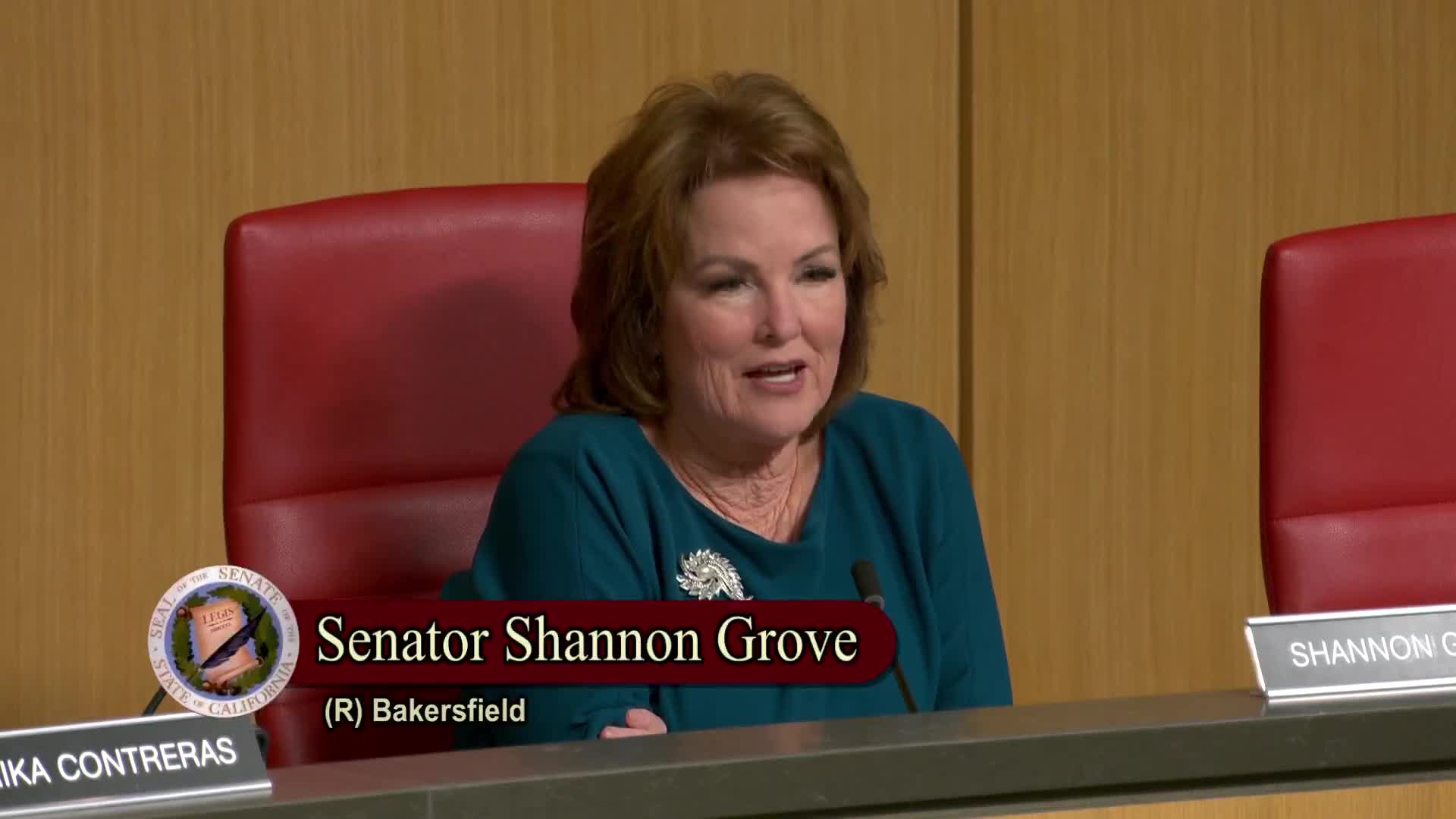California officials discuss challenges in achieving 2045 carbon-free energy goals
July 02, 2025 | California State Senate, Senate, Legislative, California
This article was created by AI summarizing key points discussed. AI makes mistakes, so for full details and context, please refer to the video of the full meeting. Please report any errors so we can fix them. Report an error »

In a recent meeting of the California State Senate's Rules Committee, discussions centered around the ambitious goal of achieving a carbon-free future by 2045. The atmosphere was charged with a mix of optimism and realism as committee members grappled with the challenges and progress of California's energy transition.
One of the key highlights was the acknowledgment of the state's current energy consumption, which stands at a staggering 1.8 million barrels of oil daily, despite the closure of two refineries. This stark reality prompted questions about the feasibility of completely decarbonizing California's energy system within the set timeline. Committee members expressed a desire for clarity on whether the ambitious targets could realistically be met, given the complexities involved.
The conversation shifted to the progress made in renewable energy generation, with reports indicating that California has added 7,000 megawatts of new clean energy sources in the past year alone. The integration of solar power and battery storage has been particularly noteworthy, with battery capacity increasing from just over 200 megawatts to more than 12,000 megawatts in four years. This progress is crucial as the state prepares for peak energy demands, especially during hot summer evenings when the sun sets but energy needs remain high.
However, the path to a fully decarbonized electrical system is not without its hurdles. Experts highlighted the need for new technologies and innovative solutions to tackle the last 5 to 10 percent of emissions, particularly in sectors like transportation and natural gas usage in buildings. The committee acknowledged that while the electrical system may be the easier component to decarbonize, the broader California economy presents a more significant challenge.
The meeting also touched on the importance of flexibility and adaptability in the face of climate change. With increasing occurrences of wildfires and heatwaves, the need for a resilient energy infrastructure was emphasized. Committee members expressed optimism about technological advancements but recognized that the pace of change is uncertain and dependent on various factors, including regulatory processes.
As the meeting concluded, there was a palpable sense of determination among the committee members. They understood that while the journey toward a carbon-free future is fraught with challenges, the progress made thus far offers a glimmer of hope. The discussions underscored the importance of collaboration, innovation, and a realistic approach to achieving California's ambitious climate goals, leaving attendees with a renewed commitment to the task ahead.
One of the key highlights was the acknowledgment of the state's current energy consumption, which stands at a staggering 1.8 million barrels of oil daily, despite the closure of two refineries. This stark reality prompted questions about the feasibility of completely decarbonizing California's energy system within the set timeline. Committee members expressed a desire for clarity on whether the ambitious targets could realistically be met, given the complexities involved.
The conversation shifted to the progress made in renewable energy generation, with reports indicating that California has added 7,000 megawatts of new clean energy sources in the past year alone. The integration of solar power and battery storage has been particularly noteworthy, with battery capacity increasing from just over 200 megawatts to more than 12,000 megawatts in four years. This progress is crucial as the state prepares for peak energy demands, especially during hot summer evenings when the sun sets but energy needs remain high.
However, the path to a fully decarbonized electrical system is not without its hurdles. Experts highlighted the need for new technologies and innovative solutions to tackle the last 5 to 10 percent of emissions, particularly in sectors like transportation and natural gas usage in buildings. The committee acknowledged that while the electrical system may be the easier component to decarbonize, the broader California economy presents a more significant challenge.
The meeting also touched on the importance of flexibility and adaptability in the face of climate change. With increasing occurrences of wildfires and heatwaves, the need for a resilient energy infrastructure was emphasized. Committee members expressed optimism about technological advancements but recognized that the pace of change is uncertain and dependent on various factors, including regulatory processes.
As the meeting concluded, there was a palpable sense of determination among the committee members. They understood that while the journey toward a carbon-free future is fraught with challenges, the progress made thus far offers a glimmer of hope. The discussions underscored the importance of collaboration, innovation, and a realistic approach to achieving California's ambitious climate goals, leaving attendees with a renewed commitment to the task ahead.
View full meeting
This article is based on a recent meeting—watch the full video and explore the complete transcript for deeper insights into the discussion.
View full meeting
